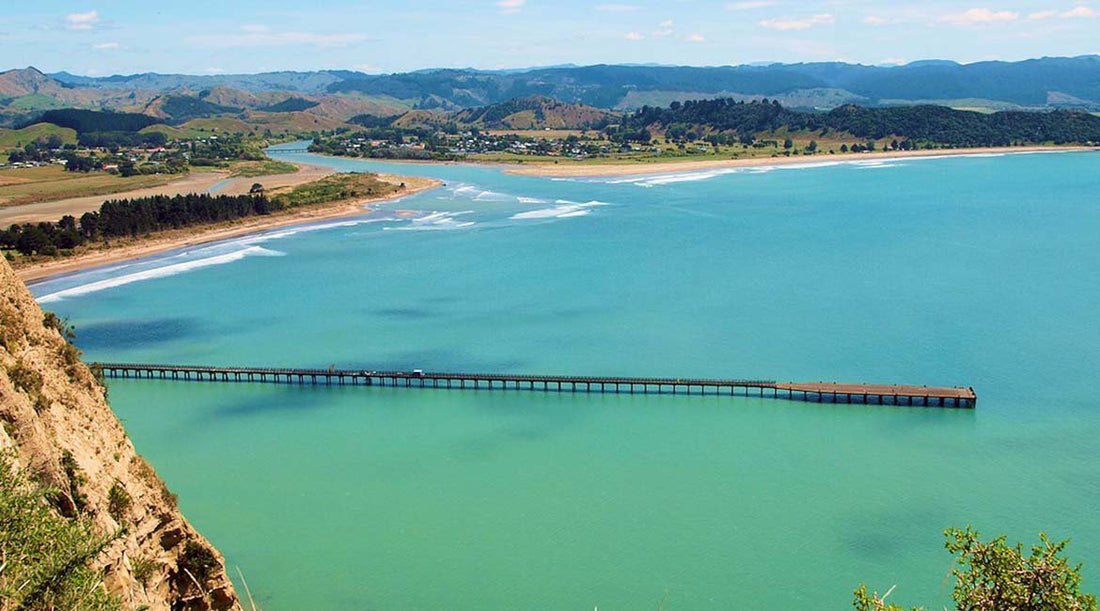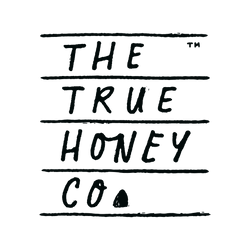
In the second instalment of our destination series, we’re sharing yet another top spot in this beautiful land of ours – the area called East Cape. Our busy beekeepers spend a bit of time over here tending to our beehives. But there are plenty more reasons to visit.
East Cape is north of Gisborne on the east coast of the North Island. It’s the easternmost point of the main islands of New Zealand. (The Chatham Islands are further east.) It was named Cape East by James Cook on his 1769-70 voyage on his ship the Endeavour, and he came ashore at Kaiti Beach for the first meeting between Māori and Pakeha. (indigenous New Zealanders) and Pakeha (European explorers and settlers, now means New Zealanders of European descent).
This was a rather popular spot, as it was this area that saw the first Māori land in New Zealand in the 14th century. Today, their many descendants make up around half the region’s population. Tairawhiti (the Māori name for Gisborne) is the first city in the world to greet the sun. In fact, the word Tairawhiti means ‘the coast upon which the light shines on the water’.
With Māori making up nine in twenty Gisborne residents, the area is steeped in tribal history and old traditions are still there in many parts of Gisborne. There are around 50 marae (communal meeting places) and loads of historic sites throughout Ngati Porou tribal boundaries.
The area is steeped in Māori history and old traditions are still there in many parts of Gisborne. For those of us who like a tipple, this is a wine region known for its excellent chardonnay.
It boasts a warm sunny climate, beautiful beaches offering great surf and untouched landscapes. Yes, there’s lots to love about East Cape and Gisborne, so it was a tough job narrowing it down.
Nevertheless, here are our top places to add to your bucket list to visit:
Eastwoodhill Arboretum – a 135-hectare arboretum (a botanical garden devoted to trees to you and I) with exotic and native trees and shrubs that makes many a green thumb green with envy.
Tairawhiti Museum – is a treasure trove of local history, artefacts, and arts.
Dive Tatapouri – this outfit’s famous reef tour is an underwater adventure featuring a cast of wild stingrays, eagle rays and other reef dwellers.
Rere Falls rockslide – off the beaten track and a local’s secret (until now), this 60metre-long natural waterslide is polished smooth and swimsuit-friendly by constant running water from the Wharekopae River. It’s about 50km north-west of Gisborne, and free to ride.
Rocket Lab – (you might have seen this local success story share screen time with True Honey Co. beekeepers in Spark’s latest ‘Little Can Be Huge’ story) in Mahia offers the world’s first private orbital launch range and can accommodate a launch rate of 120 flights per year with the potential to launch every 72 hours. Of course, unless you’re happy watching from afar, as we were, you’ll need your own rocket. (Apologies to anyone reading this who isn’t Elon Musk).
Surf spots – whether you’re hanging ten, or still learning to pop up, this area has some of the country’s best places to be on a board – from Gisborne beaches like Roberts Road/Waikanae and the Gizzy Pipe/Midway to Sponge Bay and Wainui Beach along the coast.
Wine tasting – Try and buy the region’s award-winning wines, craft beers and ciders, right from the cellar door. Tours give you the chance to taste away, without the temptation of getting behind the wheel. For more details, visit tairawhitigisborne.co.nz.

